July 2019
Reproductive Ultrasound for Cow / Calf
There are 2 main types of reproductive ultrasound on cow calf operations. The first is the traditional “arm in cow” ultrasound that traditionally has been used for early pregnancy diagnosis and fetal aging (less than 120 days) and fetal gender determination in fetuses 58 to 80 days. The second type of reproductive ultrasound is extension arm ultrasound. With ReproScan equipment, this is done with a 4.0 MHz convex rectal probe on the extension arm (ReproArm). With the larger field of view provided by the 4.0 MHz convex rectal probe, more of the fetus can be seen at one time and pregnancy testings and some degree of fetal aging can be done from 30 days and up.
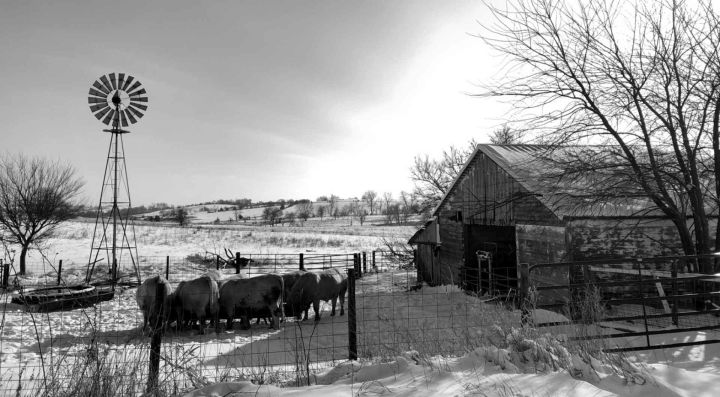
Tips, Tricks and Techniques - Cold Weather Stress On Your Ultrasound
It is cold here in Iowa! We have heard from numerous customers from around North America that winter is in full force everywhere. It’s a good reminder for us all that taking a bit more care if you are ultrasounding during this weather is beneficial to the longevity of your ultrasound equipment. When it is cold and windy, we recommend putting your ultrasound in a backpack. The heat generated from the battery will help keep the machine running smoothly. If the wind is blowing you might also wrap an old blanket or towel around your monitor if you feel that it is running slower than normal.

Equipment Care - Off Season Care and Storage
Preg checking season has come to an end for many northern ReproScan customers. It is all too easy to put your ultrasound equipment into the backroom without a thought. However, to get the most out of your ultrasound and viewing devices, ReproScan recommends that you fully charge your ultrasound battery as well as your monitor batteries, then run for 3 hours. Follow this link to the Battery University to learn more about lithium ion batteries. Storing your lithium-ion batteries while fully discharged greatly reduces their useful life. Additionally, store your equipment in a dry environment where it will not freeze or exceed 100F or 40C to reduce stress on your batteries.

AABP
The American Association of Bovine Practitioners 51st annual meeting and trade show was in Phoenix, AZ this year. In celebration we are offering an AABP sale to honor our large animal veterinarians for the month of September. Also, we did a drawing for a free 2.0 Wireless Monitor. A big CONGRATULATIONS to Dr. Rathje from Wisconsin who won the drawing. He now will have the new wireless monitor that works great in bright sunlight. We greatly appreciate all of you who took the time to stop by the booth! We hope to see you next year in St. Louis.
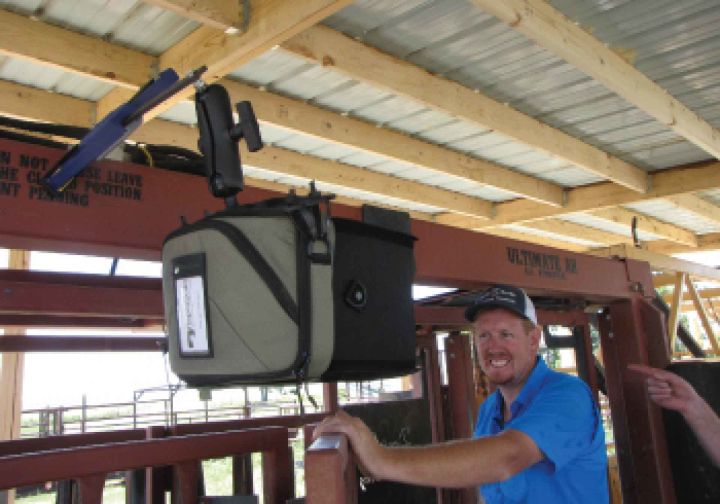
Fall Photo Contest
ReproScan would like to see how you use your ReproScan Equipment. Send in your picture before Oct 27, 2017, for a chance to win a ReproScan accessory to fit your setup: (RAM Mount, Battery, Monitor Batteries etc). The only requirement is that ReproScan equipment is somewhere in the picture. Please send you picture to Elle: email: elle@repro-scan.com text: 515.468.7169. Please include your name and location where taken.
*Note: By submitting your photo you grant ReproScan permission to use and/or publish your photo for promotional purposes.
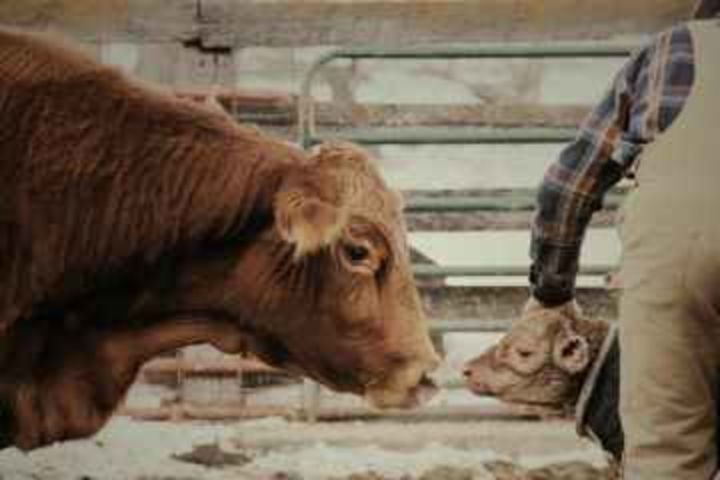
Why Train?
“Veterinary ultrasound equipment has helped a lot of people improve their ability to diagnose pregnancy and reproductive problems in beef and dairy cattle. People still need to continually ask themselves if they are using the equipment to the best of their personal ability and is the equipment set to the optimal settings for the type of examination being done. In the world of cattle reproductive ultrasound, many people work on their own and don’t have the opportunity to compare their skills to others and to learn more about setting their equipment.
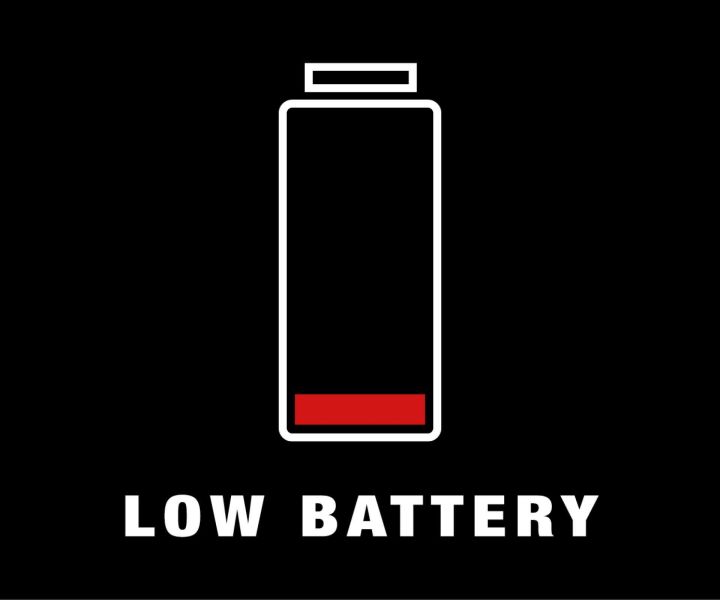
Tips, Tricks and Techniques - Getting the Most Out of Your Battery!
It’s that time of year again… time to pull out the ultrasound and dust it off. Did you charge your battery in the off season? If not, you may not be getting the most out of your battery. Lithium Ion batteries do best if stored with a partial charge. Like most phones, ReproScan’s 2.0 Monitor has a constant slight draw on the battery, due to the touch screen. This means that even though you stored it charged, it would have died if not charged in the off season.
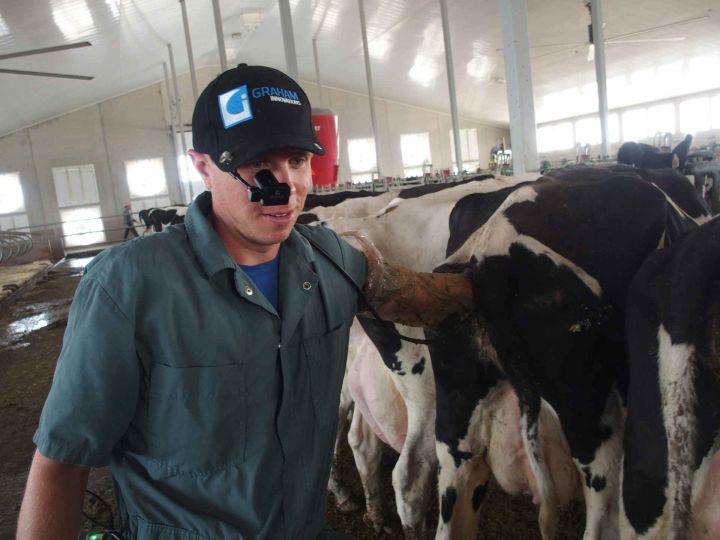
Industry Spotlight - Dairy: The Use of Ultrasounds in Dairy Farms
With June —dairy month— just around the corner, we would like to highlight ultrasound use in the dairy industry. Reproductive ultrasound technology was first used on dairy farms in 1984. Dr. Ginther, at University of Wisconsin, and his team are credited with the first research involving ultrasound imaging of the bovine reproductive tract. Since 1984, an incredible amount has been learned about reproductive cycles, early pregnancy detection, fetal aging, fetal gender determination, ovarian structures and more.

CE and Training Opportunities
In many parts of the country, fall brings pregchecking season. This fall, do you want to sharpen your ultrasound skills or learn to ultrasound? We closely work with several trainers to provide a variety of courses.
Participants of Dr. Craig DeMuth’s most recent course in Columbus, Montana had the opportunity to learn and discuss different ovarian abnormalities, the diagnosis of twins, the diagnosis of fetal death, and more during the lecture. The following morning at a local ranch, each participant had the chance to develop their arm in cow ultrasound technique and their convex probe extension arm technique. With numerous cows at different stages, the wet lab provided ample opportunity for each person to practice determining fetal age and fetal sex.
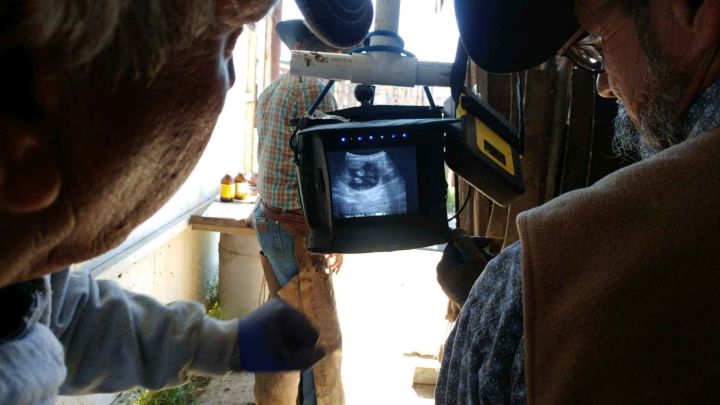
Fall Photo Contest Results
Thank you to all the people who sent in photos for the contest. We received all sorts of pictures from across North America. Keep an eye on our facebook page for all of the pictures. The winner is Jim Sackett from the Parker Ranch in Oklahoma. JB has a BoviScan Curve an LCD Monitor and a ReproArm. The Parker Ranch will receive a RAM Mounts accessory kit for their ultrasound. The runner up is Darren McGhee from the McGhee Ranch. He will receive a spare battery for his monitor.